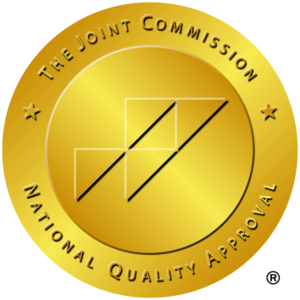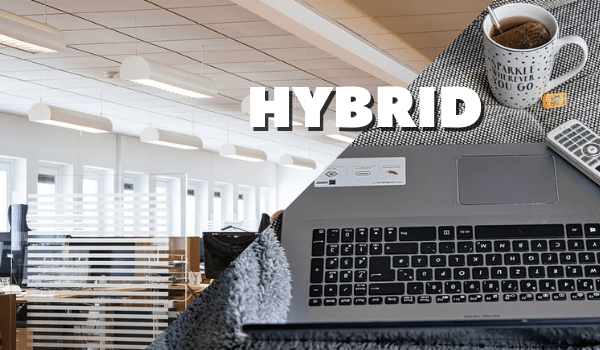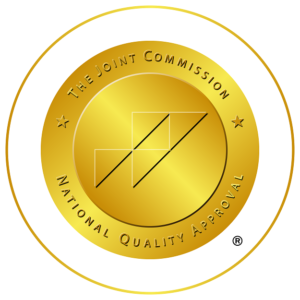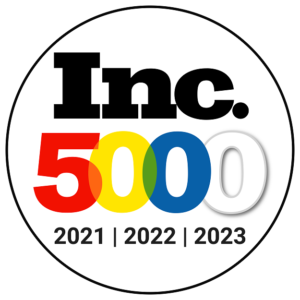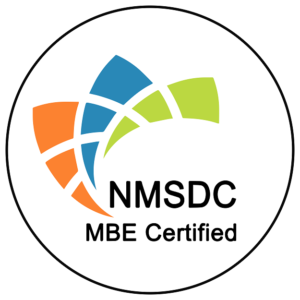Employees need to be re-energized and their muscle memory for being in the workplace has to be rebuilt, according to organizations that have returned to the office. As more organizations embrace hybrid working methods in the wake of the COVID-19 pandemic, it’s critical to modify company culture to maintain employee happiness and productivity.
Organizational work culture has always been tough to establish and maintain, but with hybrid work arrangements, the challenge has multiplied. However, opportunities like the one we have now are uncommon. The current circumstance gives us an opportunity to rethink the future of work as new working models arise. Following the vast exodus to home offices during the COVID-19 pandemic, leaders can reshape how they operate their workplaces.
5 things employees need for hybrid work
Create virtual alternatives to off-sites
Off-site meetings gave an opportunity to strengthen an organization’s culture and ties prior to the pandemic. They sparked conversations that might not have occurred in a typical office setting. In the hybrid configuration, off-sites have suffered a hit.
While a virtual alternative cannot totally replace an elaborate and real off-site conference, it can at least maintain the spirit by employing well-crafted agendas and incorporating all stakeholders. The main goal should be to keep employees motivated and assist them in producing a high-quality product.
Trust your people more than feels comfortable
Encourage supervisors to provide guidance. Managers can help hybrid teams succeed by clearly defining the goals they want their reports to achieve and then letting them work out how to get there. For hybrid employees, physical comfort is crucial, especially if they spend a lot of time watching videos. Employees’ health has deteriorated, and they require locations and activities that can help them recharge and reset throughout the day. People must also be comfortable with how work is changing, as well as how to cooperate with hybrid teams using new types of venues and technologies.
Make work purpose-driven
The purpose is more important than ever. Employees who don’t believe their work contributes to their company’s mission are 63 percent more likely to quit than their counterparts who do. Making every activity and project mission-driven is one way to help employees rediscover the meaning in their work.
Productivity
To assist employees to be more productive, hybrid work will necessitate new places and technologies. Employees require enclosed or acoustically private spaces at their workplaces for one-on-one or small group video chats. New collaborative environments are needed for groups that support both in-office and remote participants equally, allowing everyone to see and be seen, as well as hear and be heard. Cameras, acoustics, content, and lighting should all be considered when designing spaces for a stronger virtual presence.
Safety
Employees want to know that their organization is doing everything it can to keep them safe and prevent sickness from spreading. Cleanliness is a major priority for employees.
At a time when work is changing, psychological safety is becoming increasingly crucial. Employees must understand that it is acceptable to speak up, share ideas, ask questions, and make mistakes without repercussions.
Conclusion
Your company reflects your employees’ emotions and vice versa. It’s critical to keep talking about work culture and how leaders can assist their teams to push the boundaries of creativity under the new hybrid working model.

